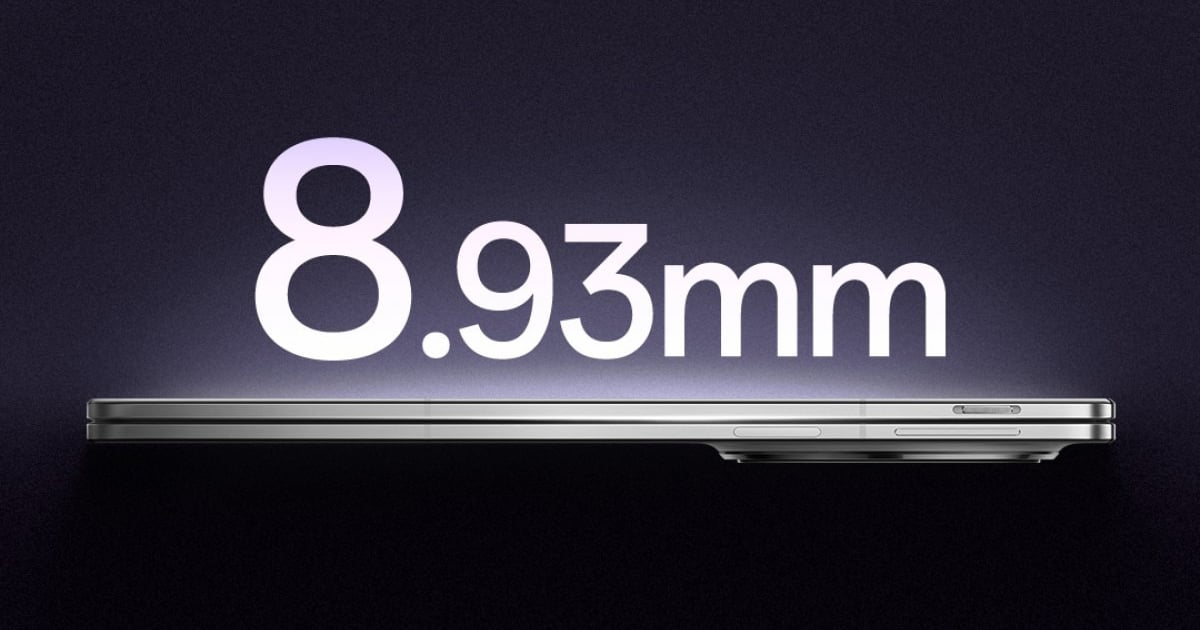According to Engadget , this comes after YouTube began showing warnings to people trying to watch videos on its site if their ad blocker is enabled. One of the companies, AdGuard, told Wired that more than 11,000 people have uninstalled its Chrome extension every day since October 9, compared to 6,000 uninstalls per day before YouTube rolled out the change. On October 18, 52,000 people uninstalled AdGuard, the company's CTO Andrey Meshkov shared. However, installations of the paid version of AdGuard — which the crackdown doesn't affect — have increased.

YouTube's recent drastic action has caused the number of ad blocker users to plummet.
Another ad blocking company, Ghostery, said usage remained flat in October as daily installs and uninstalls increased three to five times. Notably, the company said more than 90 percent of users who completed a survey about why they uninstalled the product said they did so because the tool no longer worked with YouTube.
YouTube's move appears to only affect people accessing its site via Chrome on laptops and desktops, so some users have also tried using other browsers as alternatives. Ghostery said that installs of Microsoft's Edge browser increased 30% in October compared to September.
YouTube advertising is increasingly contributing to Google's overall revenue. The company sold more than $22 billion in ads on the platform from the beginning of this year through September. But the streaming platform is also trying to get more people to pay for YouTube Premium, a service that removes ads, supports video downloads, higher-quality streaming, and access to YouTube Music. The company recently raised the price of its Premium plan in some countries.
Source link






































Comment (0)